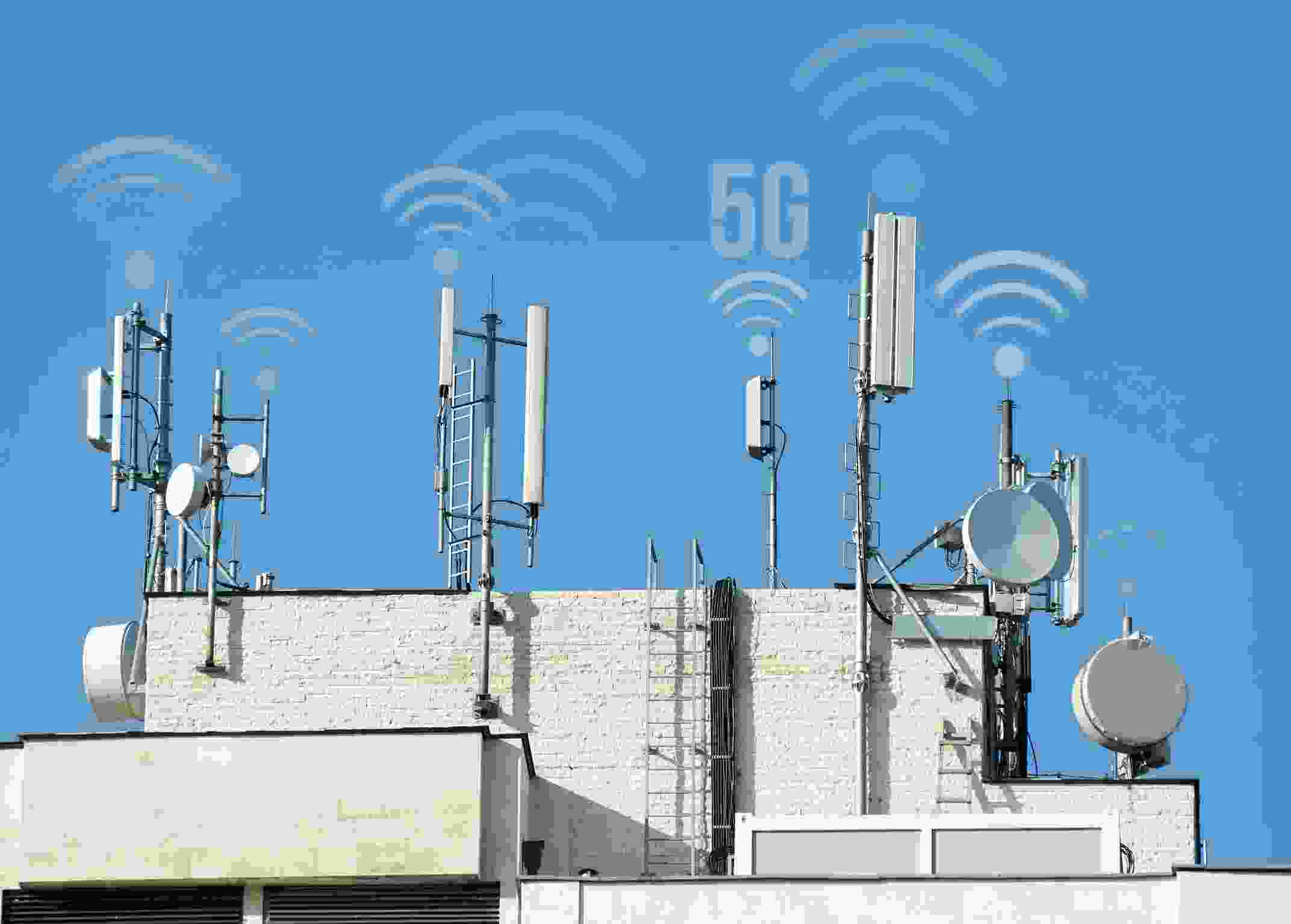If you've ever walked through a city, you may have seen tiny 5G cell towers on street light poles. They look like small boxes however they're actually sending wireless signals from cellular providers to your mobile.
These smaller towers are replacing larger, purpose-built cell towers. While they're not as noticeable but they can still create problems for those who live nearby.
A FCC's Radiation Exposure Thresholds
The FCC's Radiation Exposure Thresholds establish the safe limit at which an individual can be exposed to electromagnetic energy from wireless devices. The limits for exposure are based upon scientific research which show that the energy of RF can cause harm to health.

The rate of absorption called the specific absorption rate (SAR) is an indication of the amount of radiofrequency energy that is absorption by tissues. It is typically 1.6 watts per kilogram, averaged over one kilogram of tissue.
Since 5g is able to transmit at higher frequencies and has the potential to cause greater energy intensity on the skin and other directly-exposed body areas. This can result in various potential problems, including an increased development of skin diseases such as dermatitis, skin cancer and cataracts.
Because of the potentially harmful effects of radiation from 5G, PSU has chosen to create a general power density limit of 4 mW/cm2 averaged across 1 centimeter, but not exceeding 30 minutes for all 5G services running at 3000 GHz. This localized limit is in accordance with the peak SAR that is spatially averaged at 1.6 W/kg, averaged over one 5 grams of body tissue, at 6 GHz.
The FCC's Maximum Exposure Thresholds for Maximum Exposure
In the event that you've used mobile phone, you're probably aware that a safe location from the tower is at least 400 meters. This is because the power of transmission from the cell tower is significantly increased the farther your location from the tower.
Although safe distance to live from cell phone tower may sound like a good idea, the reality is that people living in close proximity to towers could be more prone to health problems. For instance, a 2014 study in India discovered that people who lived within 50m from cell towers suffered much more health problems than those living further away from the antennas.
This study revealed that those who relocated into areas farther away from cell towers noticed their symptoms improve within a few days. Other studies have revealed that exposure to high frequencies of radiofrequency electromagnetic fields (EMFs) could cause cancer, brain tumors as well as other health issues.
This is because RF radiation, which is used in wireless communication can penetrate the human body's outer layer, called the skin. what is a safe distance from a cell tower is crucial to know because the skin serves as a shield against injuries caused by mechanical forces, infections caused by pathogenic microorganisms and the entry of harmful substances. The skin is the most important organ in the human body. It is accountable for maintaining the integrity of other organs.
The FCC's Minimum Exposure Thresholds
The FCC's Minimum Exposition Thresholds are based upon numerous assumptions that are not supported by evidence from science. This includes the false belief that short-term exposures RF radiation are safe due to the limited penetration into the body (i.e. thermal heating of tissue).
what is a safe distance from a cell tower does not take into account the deeper penetration of the ELF elements of modulated radio signals, as well as the effect of brief bursts of heat from pulsed RF waves. These theories are not compatible with the current understanding of biological consequences of RF radiation. Therefore, they should not be considered for health protection exposure standards.
In addition there is the fact that both ICNIRP and FCC are limiting the maximum limits of exposure to peak local SARs that are based on the peak speed of spatial absorption (psSAR), which can be described as an inadequate dosimetric tool for determining the level of exposure to RF radiation. In particular, psSAR is inaccurate for frequencies above 6 GHz. Additionally, psSAR hasn't been tested for RF radiation exposed to other agents of the environment such like sunlight. Interactions of RF radiation with other agents in the environment could result in antagonistic or synergistic results. This could result in an increased risk of adverse health effects. For example, exposure to RF radiation along with exposure to sunlight can cause an increase in the incidence of skin cancer, as well as aggravate other skin diseases such as acne.
